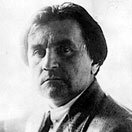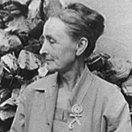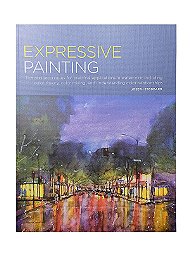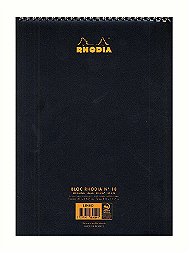Alexander Calder
(1898 - 1976)
Born: Philadelphia, Pennsylvania
Style: Modernism
Famous Works:
- Arc of Petals (1941)
- Red Mobile (1956)
- Man (1967)
A pioneer in the realm of kinetic art, Alexander Calder channeled elements of surrealism and abstraction into a lifetime of sculptural exploration. Calder’s parents were artists, and provided their son with tools and workspaces throughout his childhood. Young Calder crafted jewelry, small animal figures and game boards, and his penchant for building compelled him to study and earn a degree in mechanical engineering. It was not until the age of twenty-four that Calder began to study formally as an artist, first taking night drawing classes, and then enrolling in the Art Students League of New York City. Studying with artists including George Luks and John Sloan, he developed the skill of rapidly sketching in order to capture the moving dynamic of figures. This fascination with movement would come to inform Calder’s artistic vision for the rest of his life. Calder moved to Paris in 1926 and began work on a series of moving toys and figures, inspired by work he had done as an illustrator for the National Police Gazette, sketches of the Ringling Brothers and Barnum & Bailey Circus. In 1928, Alexander Calder had a solo exhibition in New York, his first, and met Joan Miró, who would become a dear friend and significant artistic influence. A defining moment in Calder’s expression came when he visited the studio of Piet Mondrian. Mondrian introduced Calder to a form of compositional experimentation, motivating him to immerse himself in abstraction, first in paint and then sculpture. It was Calder's exploration of abstract sculpture that led to his creation of mobiles, essentially inventing Kinetic Art. Calder's mobiles consisted of cut sheet metal, often painted with primary colors, and hung on rods, enabling them to move with the currents of the air. In contrast to his mobiles, Calder also created many stabiles, static sculptures that stood on their own and featured the same bold shapes and strong, minimalist palette. These stabiles evolved into a series of imposing monumental sculptures that the artist would complete over his lifetime. Calder was incredibly prolific, not only creating hundreds of mobiles and stabiles, but also producing many pieces of jewelry for his friends. Alexander Calder combined an engineer's mind with a purity of vision that enabled him to invent a new form of sculpture. His innovations still impact modern sculpture, and his large stabiles can be seen in public spaces throughout the world.
Latest Product Reviews
These Grumbacher brushes are excellent. I plan on picking up a few more. It got to me fast, too.
- AZ in Oklahoma City, OK
This is the red we've all been waiting for! It is a deep, darker red, but not mahogany in color at all. Of all the reds I have in my collection, this is by far my favorite. One layer is perfect, but as you paint over it again, it remains true to its color, in a darker hue, of course. Thank you TH!
- JenG in Michigan
These are perfect for the hand-made photo cards I make.
- Roland in Honolulu
Free Download for Kids
 Download FREE coloring
Download FREE coloring
book pages to color at
home or school.
View Pages »
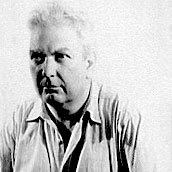
 Download FREE coloring
Download FREE coloring








